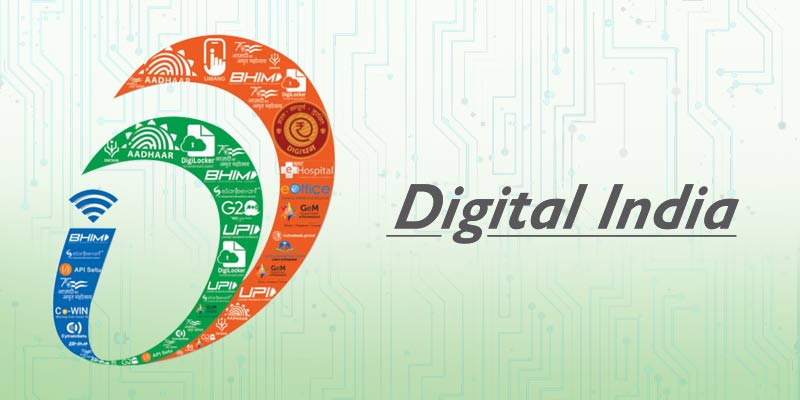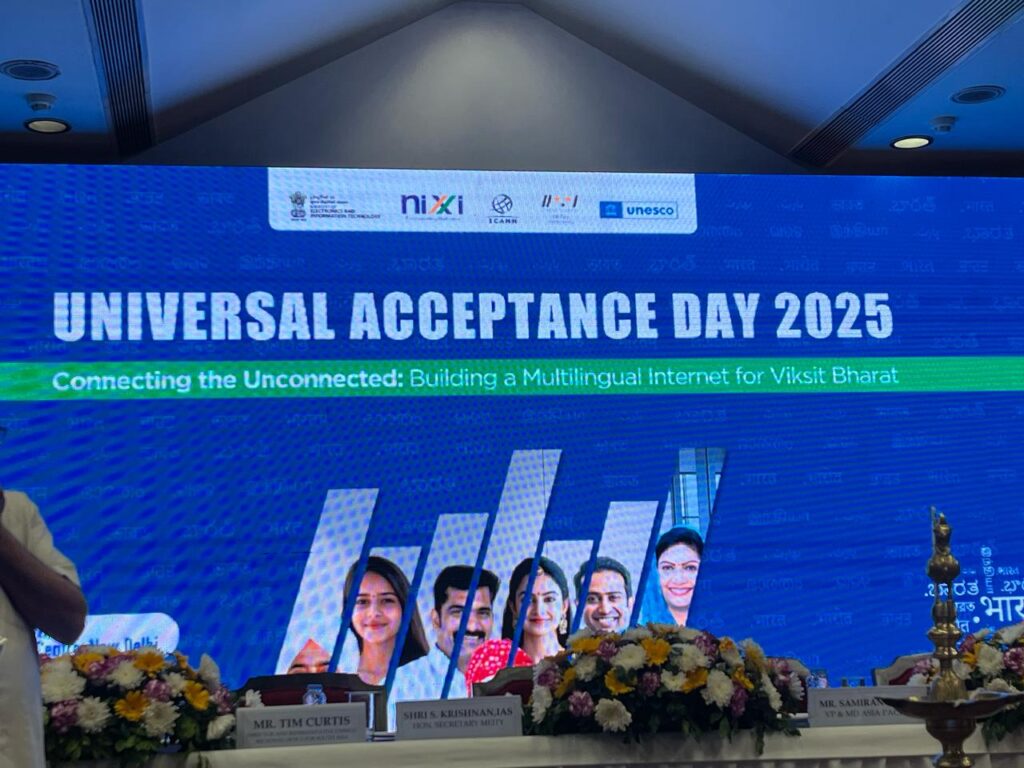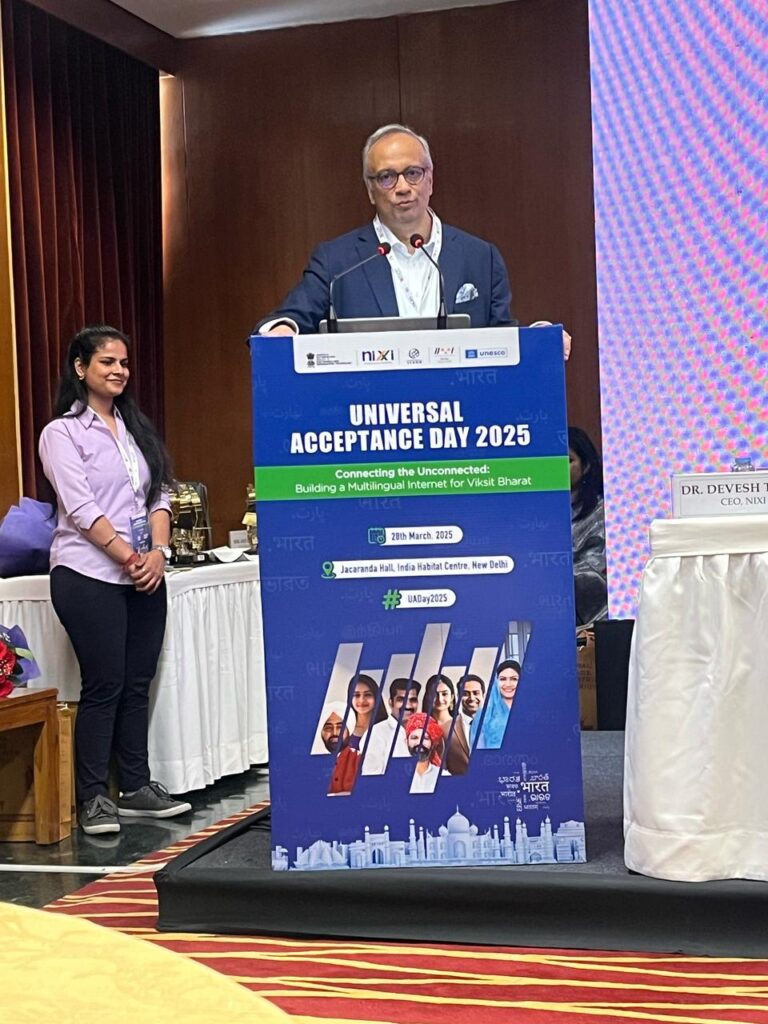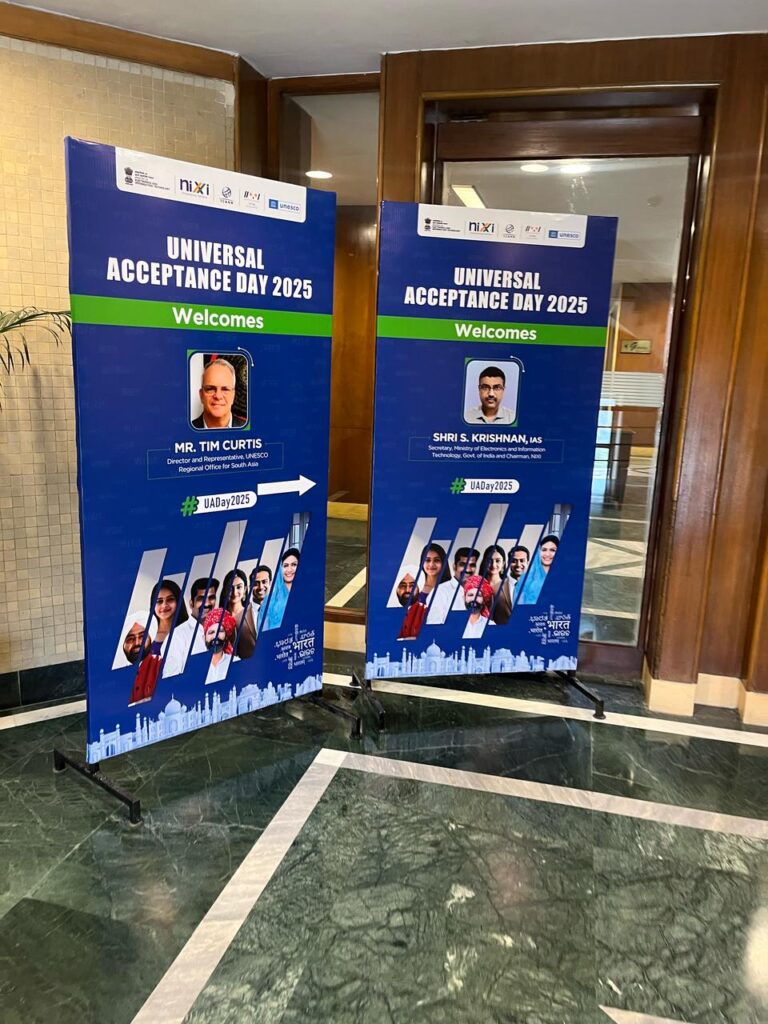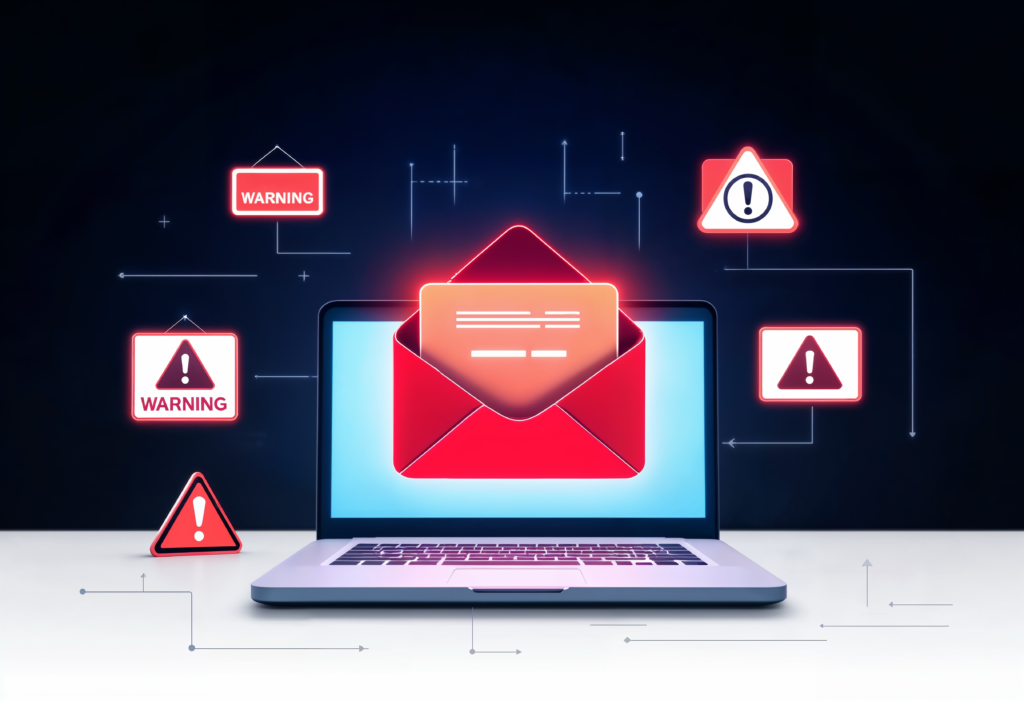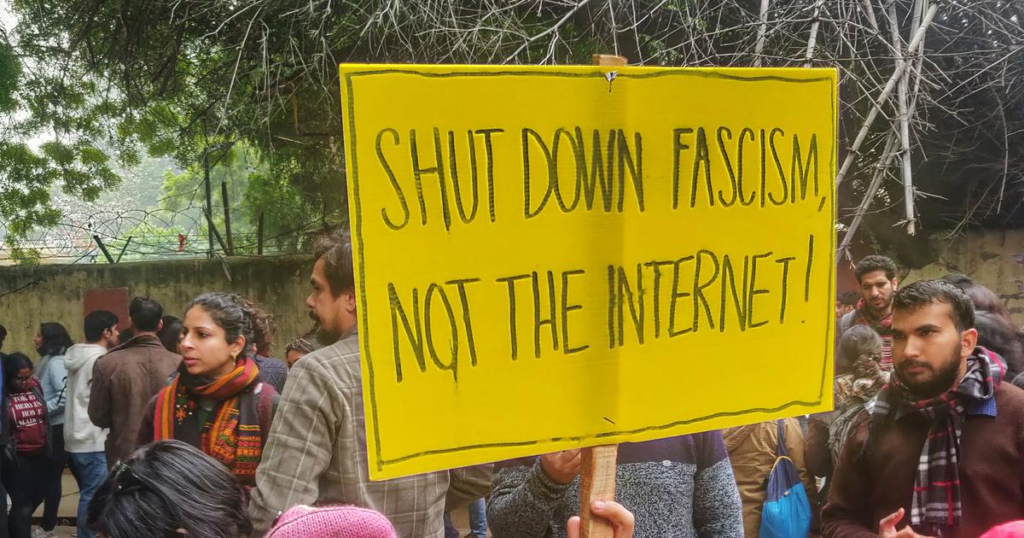In July 2015, the Government of India initiated the Digital India mission with a vision for the bold: to make India a digitally empowered society and a knowledge economy. Ten years on, it’s time to take a pause and ponder—what has been achieved, what continues to hold us back, and is India really digitalised?

Spoiler: The response isn’t a simple yes or no.
What Has Worked: The Digital Backbone We Have All Started To Ignore
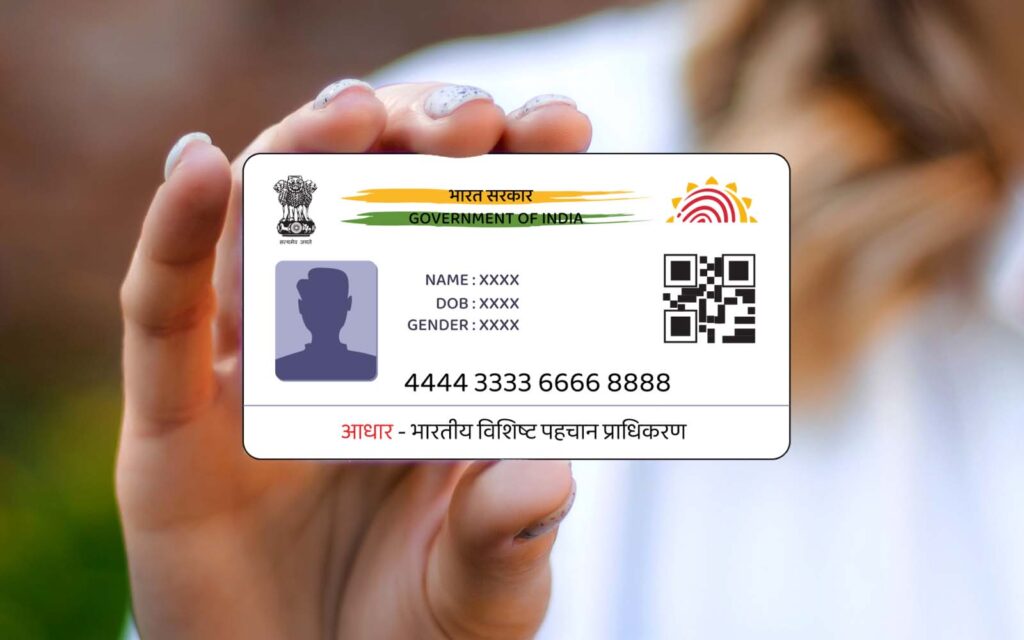
- World’s Digital Public Infrastructure (DPI):
We currently live in a country where digital identity (Aadhaar), real-time payments (UPI), and digital documents (DigiLocker) are a part of everyday life.
The DPI stack has made waves globally; countries like Singapore, France, and Kenya are studying versions of this model or already implementing it. - Welfare, No Intermediaries:
Through the JAM Trinity (Jan Dhan, Aadhaar, Mobile), the govt. claimed that they have directly transferred ₹34 lakh crore into beneficiaries hands without leakages. This is a monumental change in how subsidies are delivered to citizens and social welfare. - Platforms that Delivered:
CoWIN has achieved the immense task of managing India’s vaccination programme. The telemedicine platform eSanjeevani has surpassed 13 crore consultations. FASTag, UMANG, and MyGov have indirectly digitalised citizen engagements with the state. - India as a Startup Powerhouse:
Because of helpful policies such as Startup India and user-friendly online services, India counts more than 100 unicorns. The country now takes the lead worldwide in areas like fintech, edtech, and healthtech.
Where We Stumble: The Gaps That Persist
- The Rural-Urban Digital Divide
Yes, internet and connectivity have reached over 800 million Indians. But even now, there are plenty of areas where people do not have reliable access to Internet connection. Tribal areas, hilly states and border regions are still clearly on the wrong side of the digital map.

To make things worse, only about 35% of rural households have Internet connectivity, and women remain disproportionately disconnected.
- The BharatNet Bottleneck
Initially launched to connect 2.5 lakh gram panchayats with optical fiber, BharatNet has been hampered by delays, vendor problems and low take-up. In many places the fibre is in place, but they lack power, last mile equipment, and trained operating people. - Digital ≠ Digitally Literate
With projects like PMGDISHA, launched to train rural residents in digital skills, digital fluency is still low, especially for older residents, people with disabilities, and first time users.
The Price of Speed: Cybersecurity and Privacy Failures
As digital infrastructure was advancing at record pace, data protection laws and digital ethics have remained stagnant. We’ve seen, Billion’s of Aadhaar data expose, CoWIN data leak, Lack of serious grievance process, local digital ombudsman.
India’s Data Protection Bill only passed in 2023, cybersecurity strategies do not have on-the-ground implementation.
Local Innovation vs One Size Fits All
Digital India’s most powerful advantage—centralised digital services—can also create blind spots. Platforms like CoWIN illustrated the power of scale, but on the ground issues are often silenced. There is little opportunity for states, districts, or communities to adapt technology to suit their local governance or culture.
Is India Really Digital? Yes – and No. We have world-class digital rails, but not every citizen can use them. We are seeing a rise in digital entrepreneurship, but the digital rights literacy is still low. We have infrastructure, but we don’t have trust, safety, or equal access. A mobile phone in hand does not translate into empowerment – especially when content isn’t in your language, you’re constantly surveilled, or you have no idea how to be safe online.
What comes next for Digital India 2.0? The next phase must move beyond access and look at:
– AI for All: As IndiaAI and ONDC are quickly gaining
-Digital skill-building: Not just coding, but also civic digital literacy.
-Including design: That works for elderly, disabled, women, and low-literate users.
-Ethical and safe tech: Enhanced data governance, grievance redressal, and accountability.
Digital India has absolutely changed how we live, transact, and govern. But a genuinely digital nation isn’t just built on bandwidth; it needs equity, inclusion, and empathy, as core tenants.

Over the next 10 years, we need to ask the more important question:
Can we have India not just as a digitally equipped country, but a digitally just and inclusive country?





